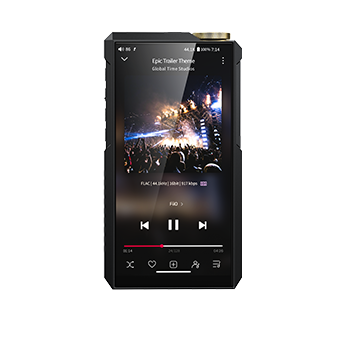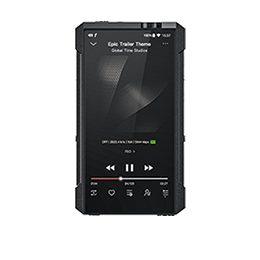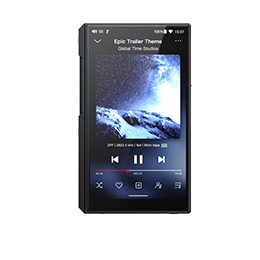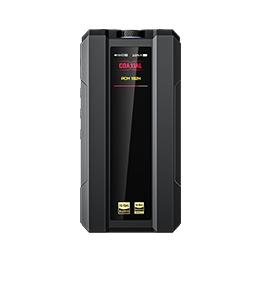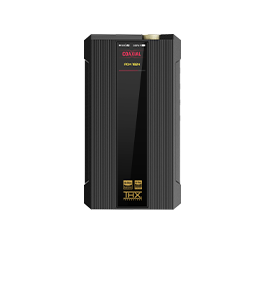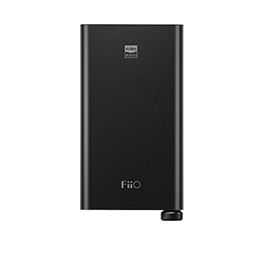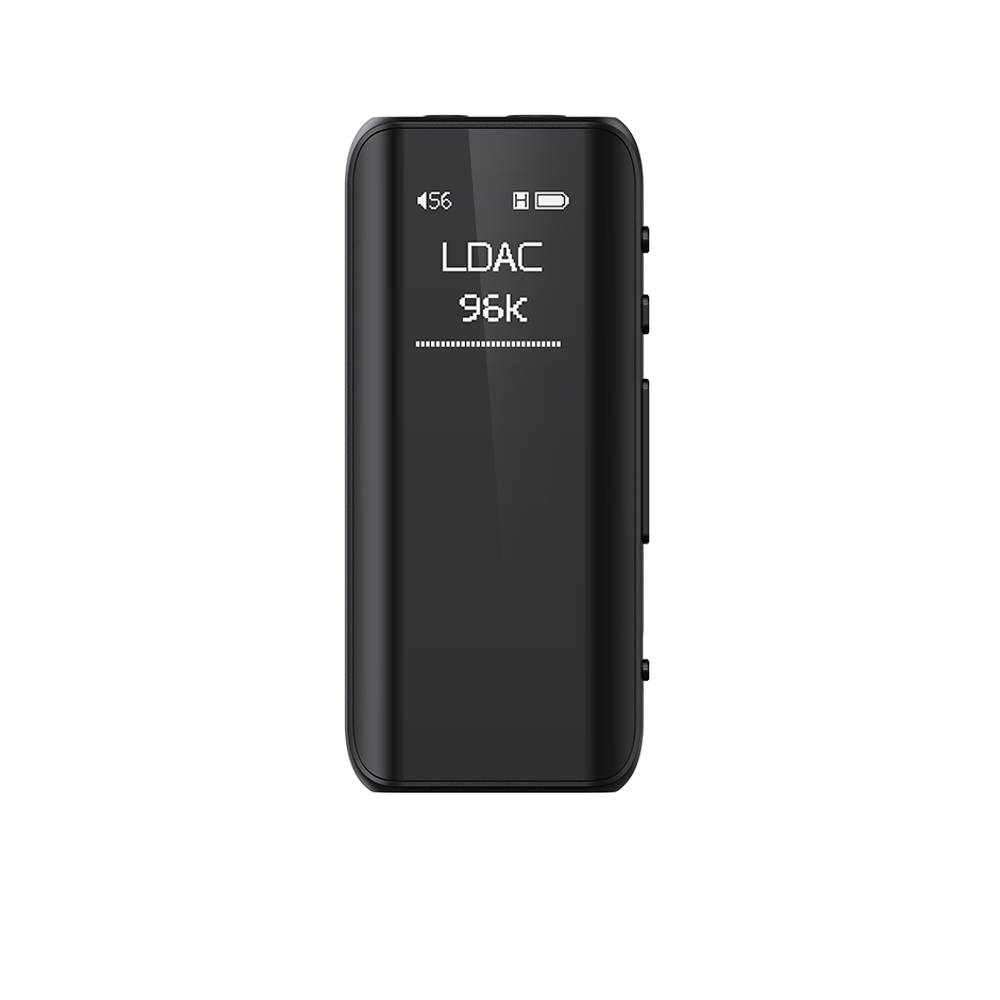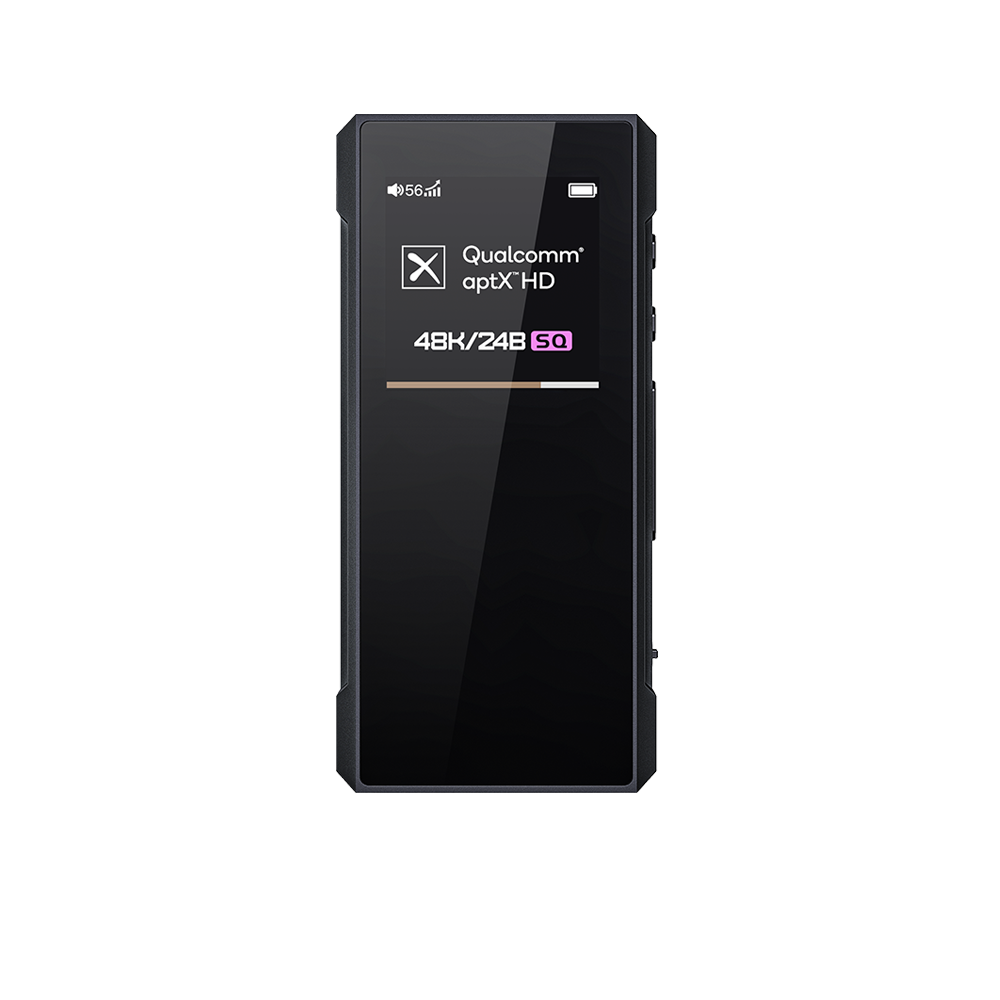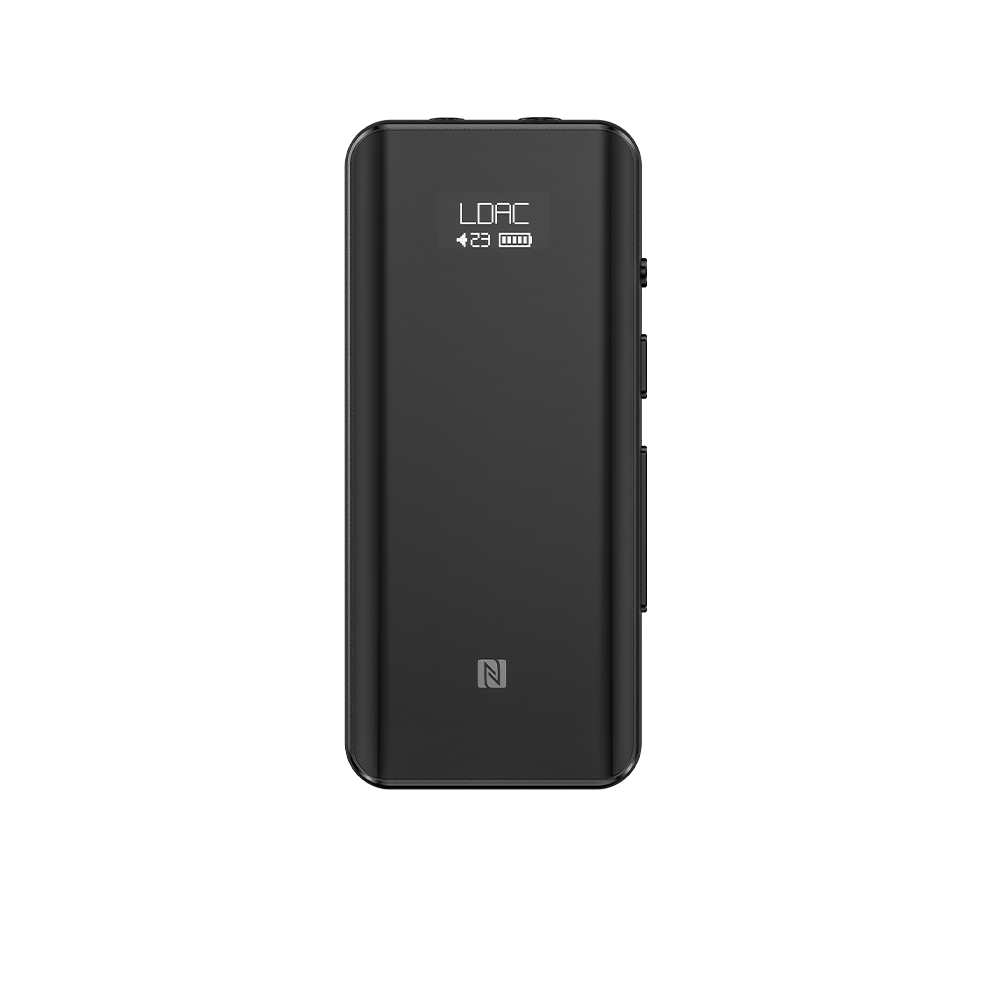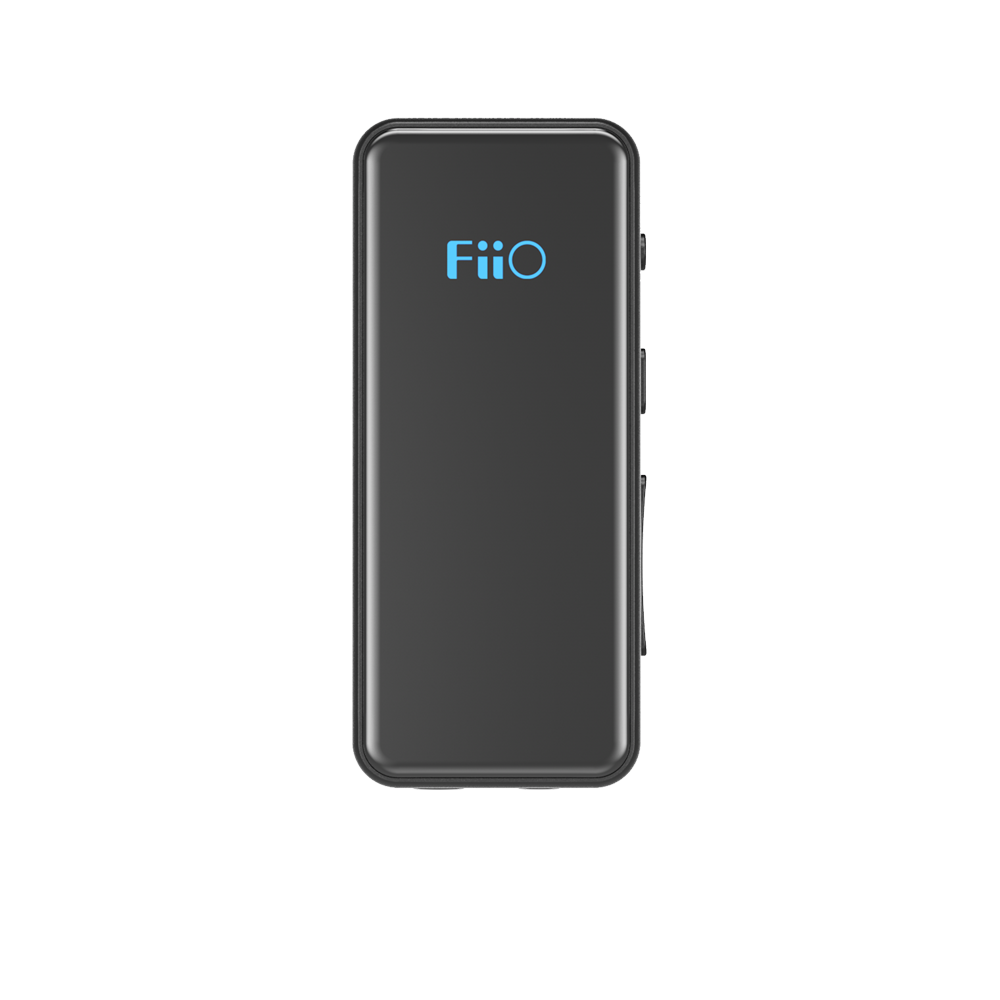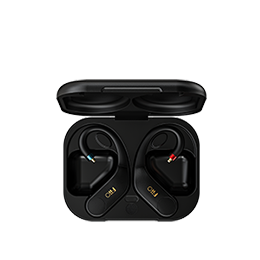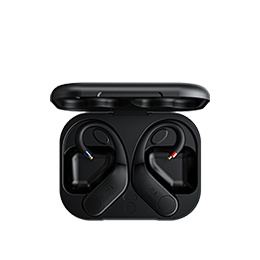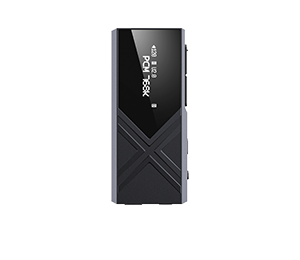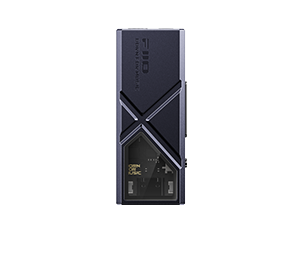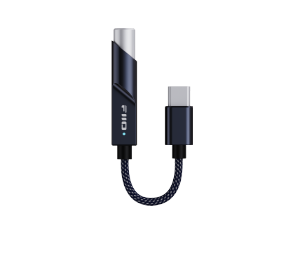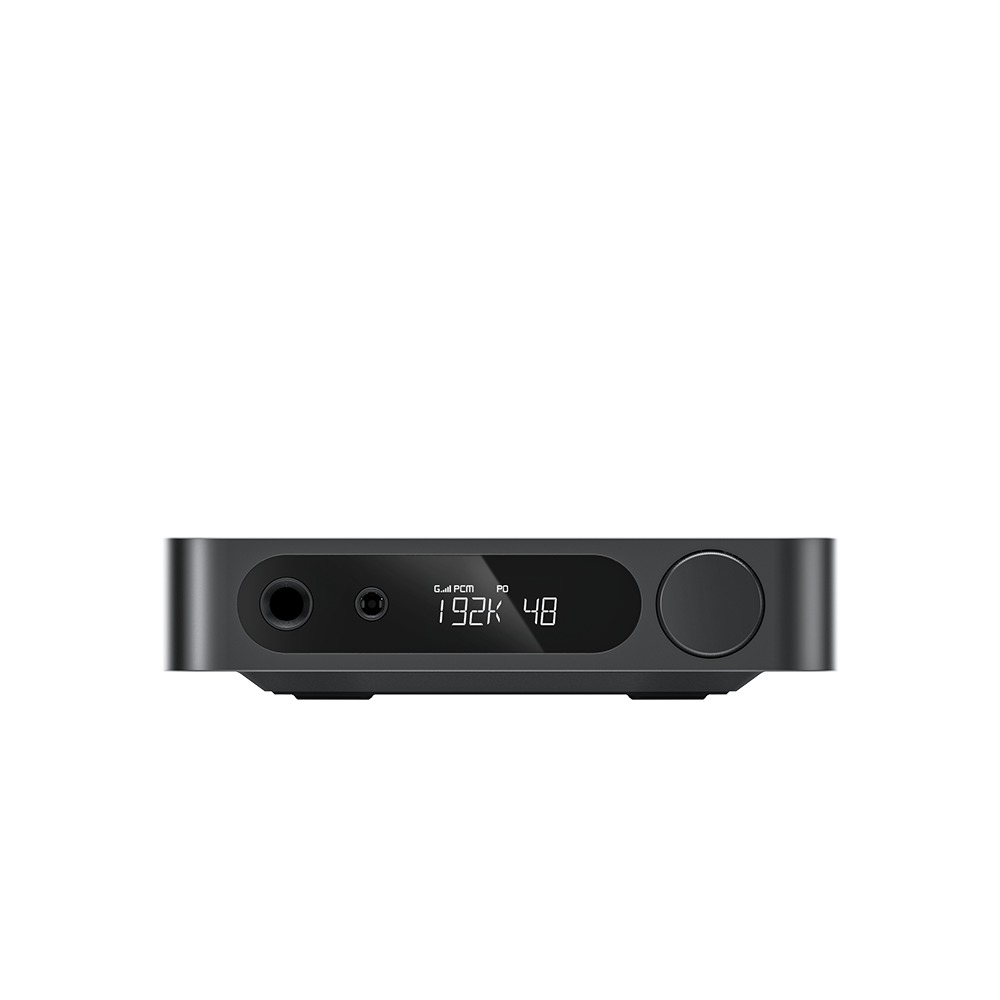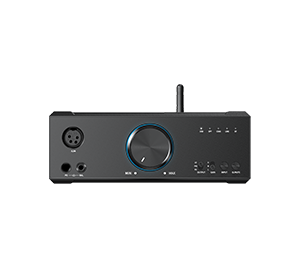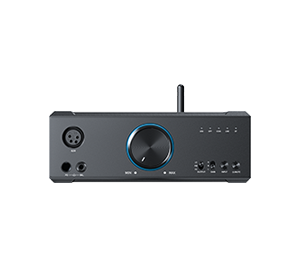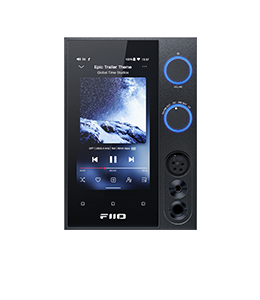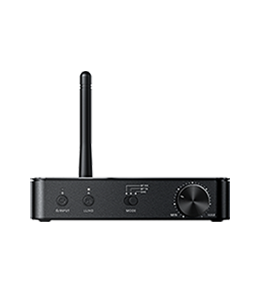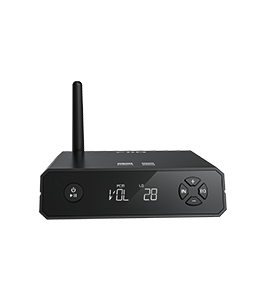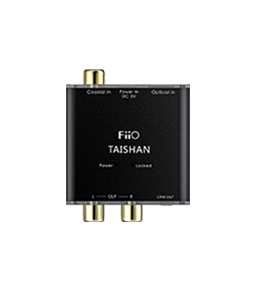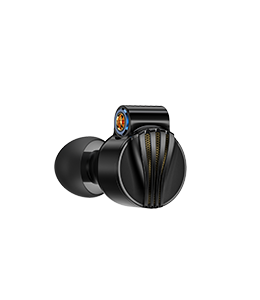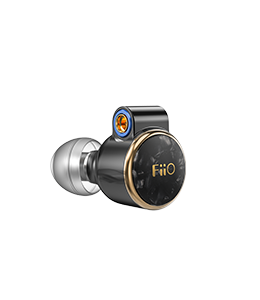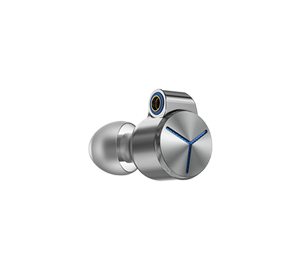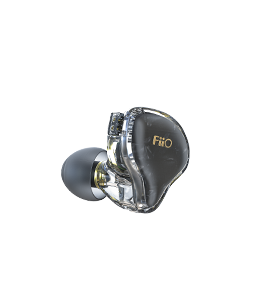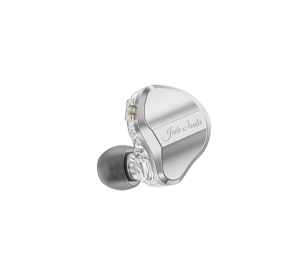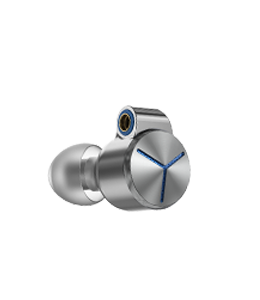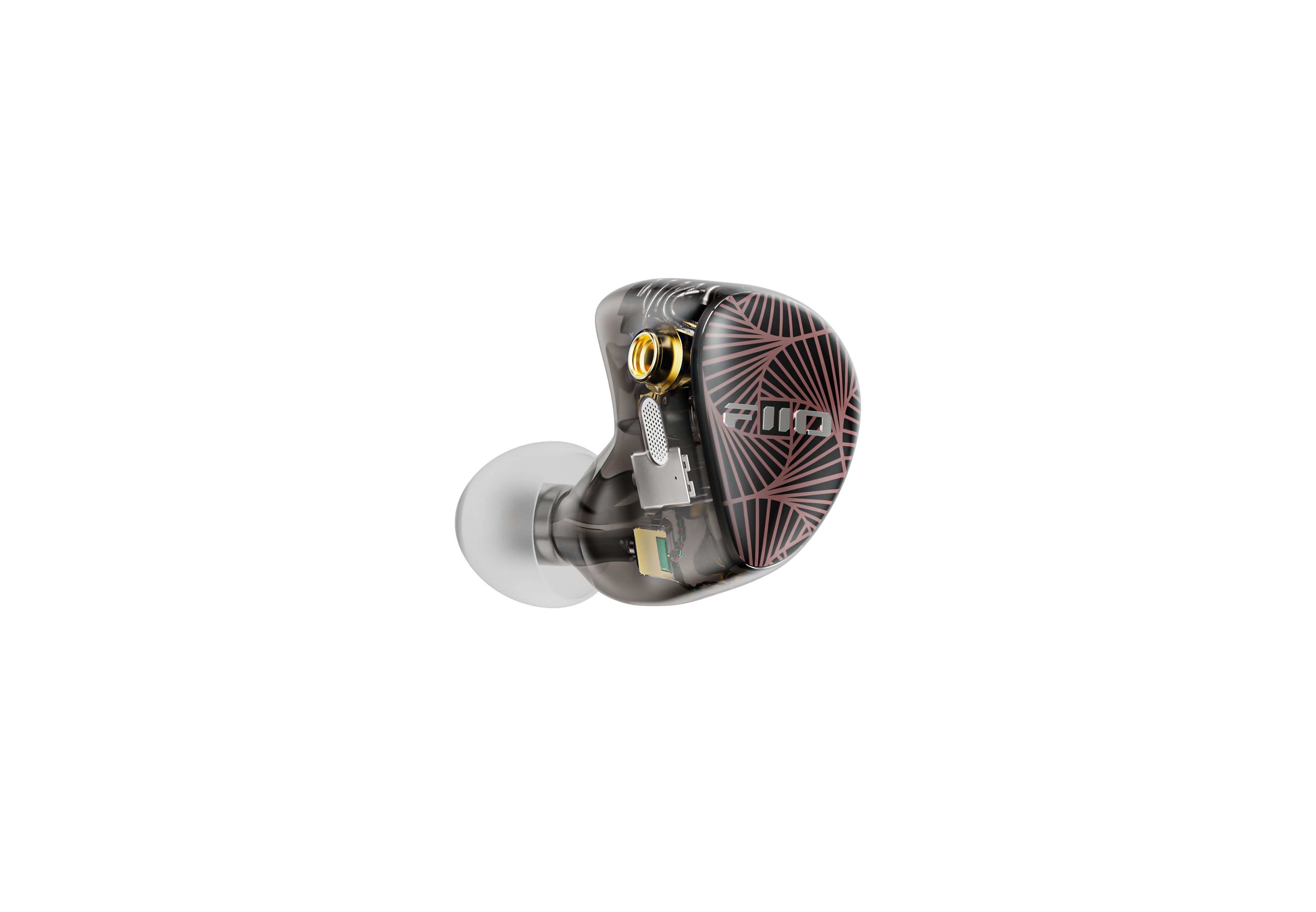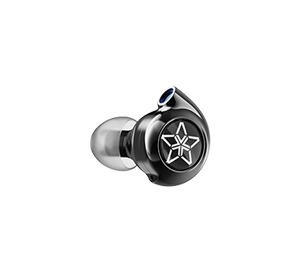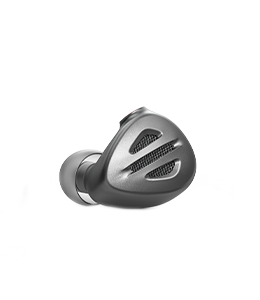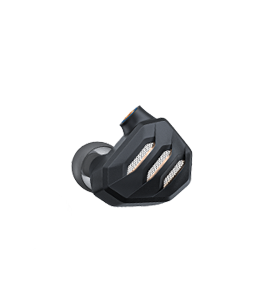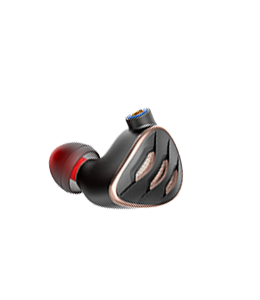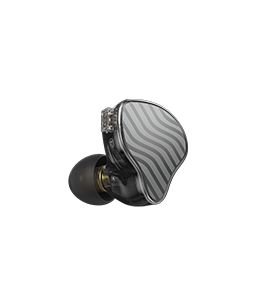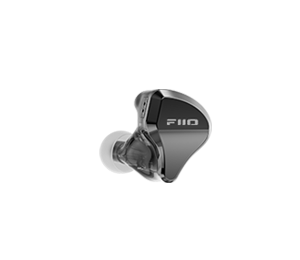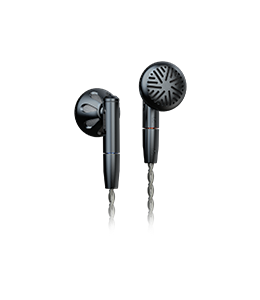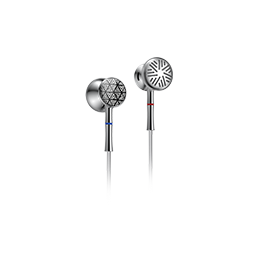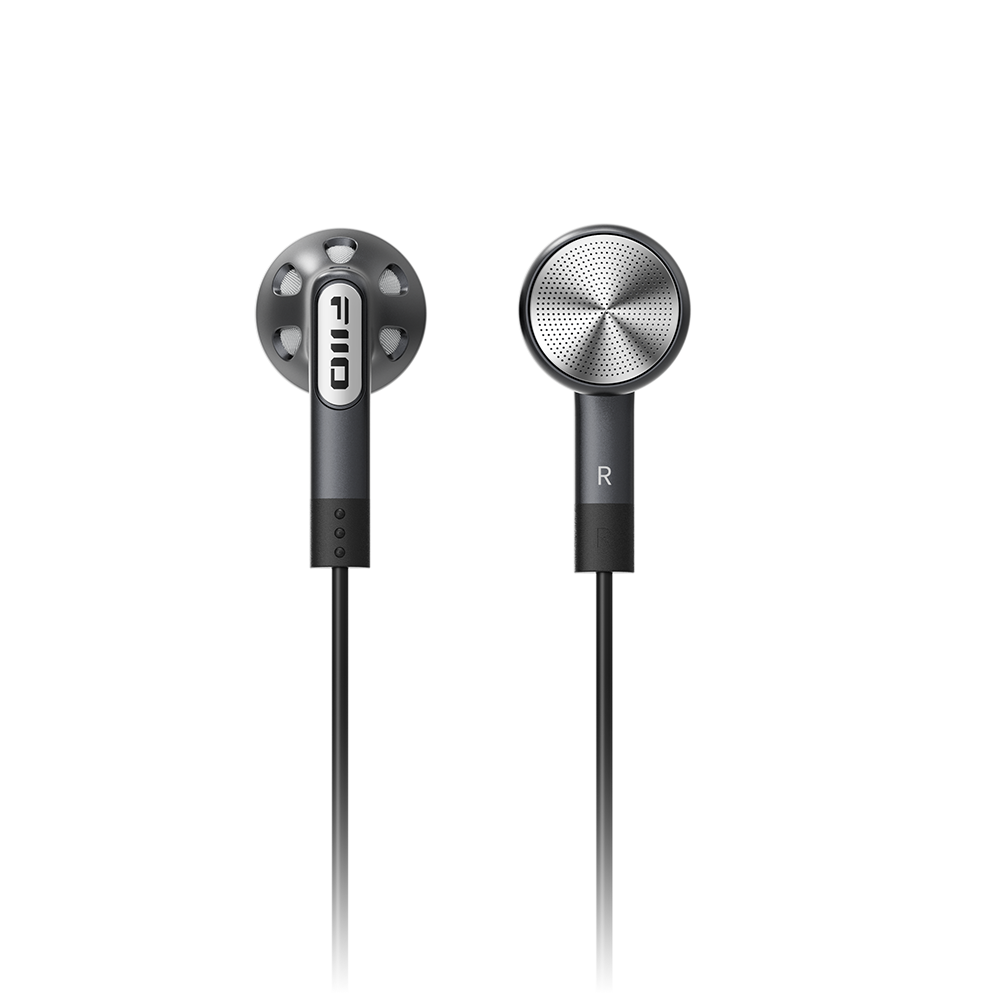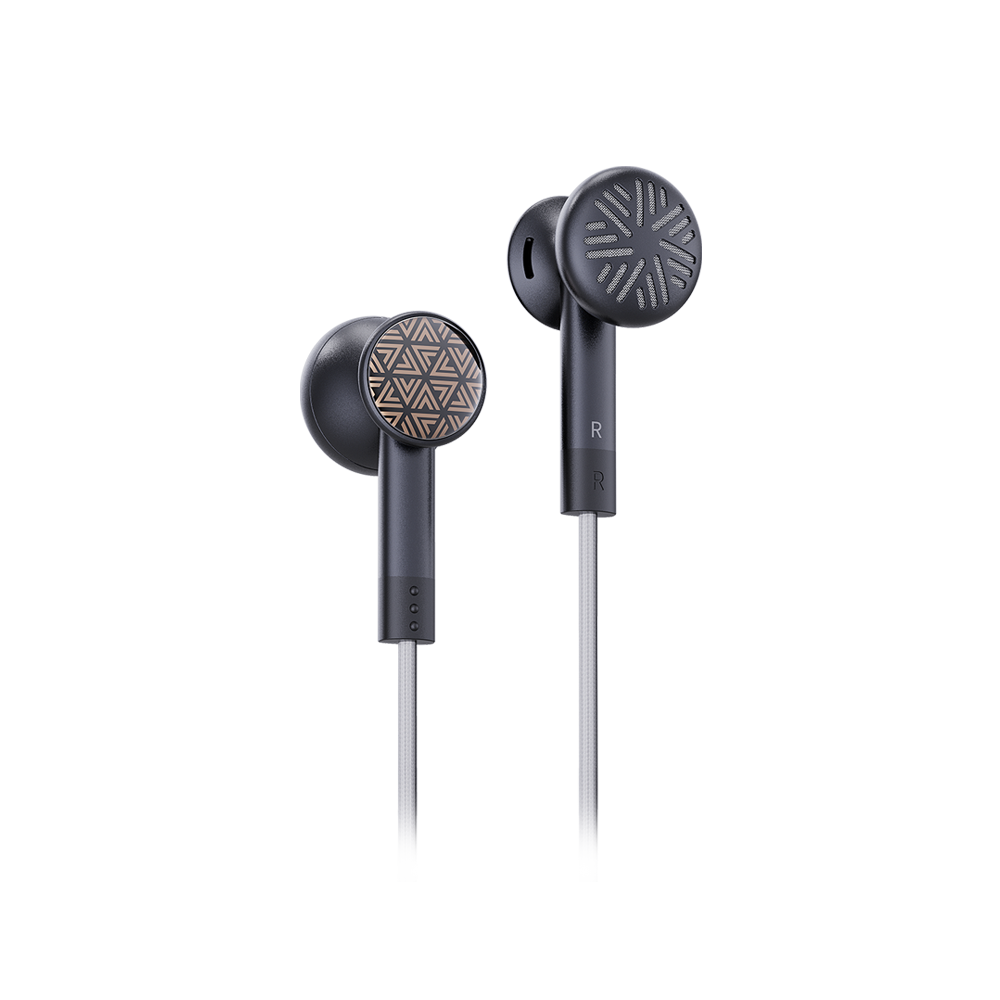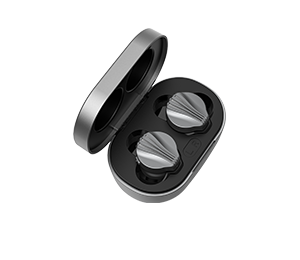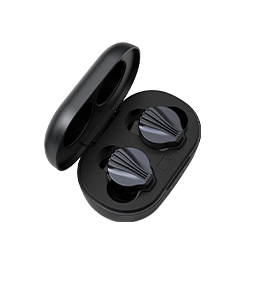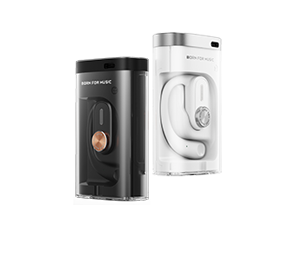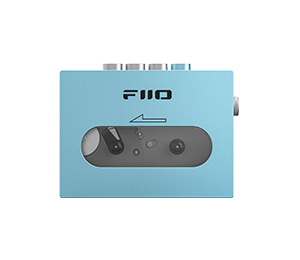FiiO F5 – From Scratch
Author:Darku
Review from:SoundNews
→→ Read the original article on SoundNews:>> Click here
Hello everyone
This year FiiO celebrates its 10th Anniversary and on this occasion they announced not one or two but six new products! I honestly didn’t expect that many. Slowly one by one we will review each new product separately.
Today I’m going to talk about the new FiiO F5 in-ears.
Hello originality!
Unlike Ex1 or EX1 MKII that have been developed in collaboration with Dunu – a renowned in-ear earphone brand in the county of the red dragon, the new F-series headphones are madefrom scratch by FiiO engineers.
I welcome this decision and I think that only so they can learn many new things and can innovate in this area.
Although the simpler F1 and F3 have not intrigued me that much, the F5 is something else, it’s a different animal, I’ll explain below what caught my attention.
Package contents:
For the first time, FiiO earphones have a detachable cable (Yaaay!) But the surprise is that we have two detachable cables in the package.
We find a single-ended cable terminated by a 3.5 mm jack with volume buttons that has compatibility with Android or iOS smart devices. Yes, you’ve heard that right, the F5 has a smart controller that has a small two-position switch, I or A, and depending on the position, the headphones have the buttons enabled for iOS or Android, including volume control.
The second cable is a 2.5 mm balanced cable terminated with a TRRS jack.
It seems that FiiO has chosen the way they are heading and that is embracing the balanced signal. All announced products: X3 MKIII, X7 MKII, Q1 MKII and Q5 offer balanced outputs, and the F5 and F9 headphones have a balanced cable in the package – we’ll test both connections in our sound tests (SE and BAL).
In the box we also find six pairs of ear-tips, a heavy duty plastic carrying case – its water resistant as well. The earphones attach to the cable through the MMCX connector, which is also used by the renowned Shure brand on its top earphones.
The technology behind:
Removable cables were a great idea, covering the earphones diaphragm with titanium again was a surprisingly good idea. In this way it becomes rigid to support a higher dynamic range without endangering the diaphragm or ears of the listener.
The 3 small holes behind the ear tips are ports that are removing the energy behind the diaphragm and reduces some of the distortion caused by the earphone case while eliminating the pressure from the ear canal – just like EX1 does or the extravagant Sennheiser IE800.
The lack of air pressure between earphone and eardrum creates a high comfort level and I practically do not feel them in my ear once inserted.
I use the small ear tips and often forget that I have my earphones inserted, I give them 10 out of 10 for comfort.
The headphones have a sensitivity of 102 dB per milliwatt, being easily driven by any portable or desktop audio sources. Modern mobile phones will not have problems driving these earphones, but they will limit dynamics quite a bit mostly because of lower quality audio processing so perhaps a portable DAP would do wonders to them.
Enough with Blah blah, let’s get to the interesting part:
We used them mostly with a FiiO X7 MKII but also with a desktop setup with exceptional results in both cases.
The X7 II stock amp module is very potent with any IEMs and F5 were no exception. They were driven with authority and control.
The earphones have a different tone … than what I heard at EX1 (including EX1 MKII).
While EX1 captured my attention through the clarity of upper registers where the highs were brilliantly presented, F5 sound practically opposite but not entirely so.
That’s why I think EX1 is a little more neutral, more linear, closer to studio recording, while the F5 offers a very fun, fresh, dynamic experience, even explosive sometimes.
Listening to Dave Brubeck Quartet – Take Five in DSD I couldn’t believe I’m listening to some in-ear phones.
The sound flew somewhere near me, it touches me from time to time, I was clearly hearing a well defined soundstage that’s wide open in front of me.
Something like this I rarely hear in open headphones and on rare occasions in closed headphones, but almost never before in in-ear earphones.
The glitter of cymbals and drums is clearly heard but not abusively as EX1 did. The F5 offers calmer more relaxing highs. For Dave Brubeck’s Jazz its exactly what doctor ordered. Shaking my head with a stupid smile on my face is clear they are up my alley and I like them.
I confess, for me F5 are almost perfect, I clearly like them more than EX1.
The tonality seems warmer, the tone is thicker, gives the piano and saxophone a very special weight very reassuring in a way, it instantly calms you.
It’s the perfect tune when you come tired from work, for me it works every time.
A quality recording is often more important than the equipment itself and this track proves it.
Moving on to something more lively OCS – Marea Cautare – you instantly realize that the recording is at least two classes lower in quality, but sometimes you have no choice if you like the band.
The track Baloane de Sapun shows the earphones capabilities on some crowded music.
The three small ports that I have talked about do their job well and eliminate much of vibration of earphones case and unwanted distortions.
Sound agglomeration will rarely be heard on these, the muddiness effect is not present as well
The bass comes out and shows the strength of the headphones.
Sub bass and upper bass are somewhat more pronounced than the rest of the frequencies. It is not emphasized like on Beats, maybe just a little.
Voices and guitars sound soft and pleasant, full of substance and perhaps more heavy than they should.
The transition from bass to mids is smooth, without hearing dips or other nasty things.
The mids are slightly sweetened and bloomed, but they are not sunk or left behind. The accuracy heard in much more expensive earphones is not present here, but I did not expect that to be the case. The earphones mids quality is well above average.
If I suddenly take F5 out of my ears and I immediately put on my Sennheiser HD650, I have the impression both are made by the same audio engineer, they sound very similar, HD650 fans wanting some low-budget in-ears can opt for F5 if the IE80 is out of your league.
Transition from mids to highs is not smooth and it seems there is a dip. Perhaps the only con that really bothered me is the lack of information in the 8-10 kHz region. For classic music lovers it can be a real problem. (F9 solves this problem completely – a review will follow soon).
The sudden transition to the upper highs and a slight mitigation of the lower highs can be a problem for some.
If you want glossy highs, aggressive cymbals or generally lots of information in this frequency area, then F5 will not please you.
The highs are somewhat restrained, very calm, maybe too calm. They also are quite slow sounding like they a left behind the tune. I’m pushing them with a stick but it doesn’t help. For a normal listener (not as critical as me) this things might not be noticed or can be even a pleasant effect, it depends on your taste.
I appreciated that I was able to turn volume higher because of the shy highs, but I was saddened when Vivaldi was not heard at its true potential, where little details where not clearly heard.
Hidden micro-details in top recordings will be harder to hear, macro-details are heard very clearly, with a good outline having a full and heavy tone.
I liked that the stage on a good recording can became 3D, its never flat or uninterested.
I have noticed a very interesting/important thing on X7 MKII. Using the balanced connection, the void between the sounds becomes air, the music begins to really breathe, like the sounds are surrounded by air bubbles. The stage grows a bit, but it gets really deep. Going back to the single ended connection, the sound is shrinking, the bubbles are getting smaller, everything gets a little more crowded.
On desktop equipment with a high power reserve these effects have not been heard … both connections sounded the same to me.
Conclusions:
I consider F5 to be an interesting product, with lots of pros and few cons.
Dynamics were not lacking, rock, electronica and faster music sounds really good, sometimes explosive even. Bass lovers will appreciate the performance of these earphones.
Voices and guitars sounded more musical having a longer vibration creating an authentic sound.
Highs performance was not so impressive, but you can’t have it all at this dimensions and especially at this budget.
Robust construction, technologies inside and rich package of accessories makes the small F5 hard to refuse and compatibility with both iOS and Android can be a major asset in some situations.
For 399 Lei (local price) these are certainly hard to beat, hard to kill.
Pros:
Detachable cables
Lots of accessories in the package, good quality of earphones and cables
Good dynamics, fast and explosive sound
Wide open soundstage, good depth (especially on balanced)
Good macro-details, rich tonality
Comfortable! Lack of air pressure in the ear canal
Great price for what it offers
Cons:
Shy highs, sudden jump from mids to highs
Diminished micro-details
Lack of linearity/neutrality
Equipment used for review:
FiiO X7 MKII, F5, F9, EX1, Sennheiser HD600/650, Matrix X-Sabre PRO, Audio-GD Master 9, audio cables with snake oil technology



